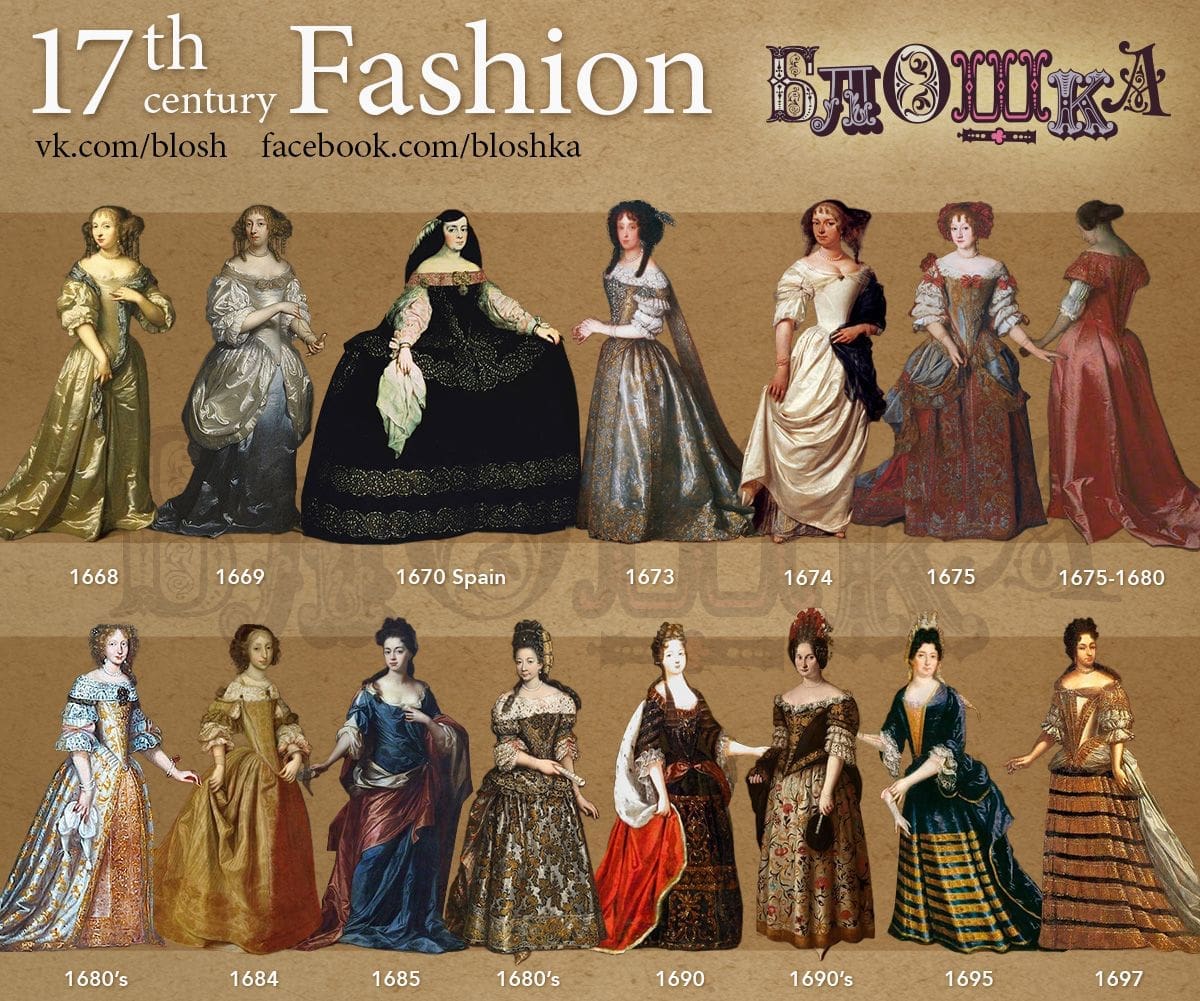In 1877, the first costume entered the museum – an 18th century brocade court dress. The Textile and Fashion Arts Collection now holds approximately 40,000 objects and is global in scope, ranging from Egyptian pleated dresses from 2323-2150 BC to contemporary haute couture. Two major collections form the backbone of the costume holdings: the Mrs. Philip (Carrie) Lehman Collection of textiles and costume accessories, donated in 1938; and the extensive collection of costumes, accessories, needlework, costume books and prints from Elizabeth Day McCormick acquired between 1943 and 1953. The MFA also holds an extensive and important collection of fans, assembled by Esther Oldham, and the largest collection of sable beadwork in the world.
Elizabethan woman’s jacket (1610-1615)

One of the treasures of the MFA’s Textile and Fashion Arts collection, this spectacular Elizabethan woman’s jacket is a tour-de-force of English embroidery. Meandering floral vines with coiling tendrils were popular in English design and often used on men’s formal caps and women’s coifs, or headdresses. This form of jacket, with its overall gold and silver embroidery of daffodils, was fashionable from about 1610-1615. The jacket was probably restyled around 1630 and, in 1963, an attempt was made to restore it to its original form.
Pair of gloves (1601 – 1625)

An Italian visitor to London in 1618 observed: “The fashion of gloves is so universal that even the porters wear them very ostentatiously.” Indeed, throughout Europe, delicate lace or splendidly decorated leather gloves (sometimes perfumed at extra expense) were a mark of wealth and style and frequently presented as prestigious gifts. Most gloves were made in one size, and the extremely long fingers reflect fashion more than the actual size of the wearer’s hands. Although these gloves show signs of occasional use, the fact that they have survived is evidence of the esteem in which they were held.
Women’s stay (1780 – 1789)

This set of American 1780s women’s stays reveal the complexity behind the craft of corset making. Wool twill weave and linen plain weave are stitched together to form channels that encase ribs made of whale baleen. The ribs create the cone shape which gives eighteenth century garments their classic shape.
Robe à la polonaise (1785)

As the demand for Indian printed cotton textiles increased to an obsession in the seventeenth century, and as prices spiked, European textile printers sought to gain a share of the lucrative market by printing cottons that duplicated not only the exotic floral patterns of Indian imports but also the mordant technology behind them. The close connection between European and Indian printed cottons can be seen in this dress dated to 1785. Printed in France, the polonaise robe with matching quilted petticoat reveals a faithful imitation of the curling, exotic floral designs of earlier Indian printed cotton. The French version also demonstrates the successful mastery of the Indian mordant method; it was block-printed with alum and iron mordents prior to dyeing with traditional European dyestuffs such as madder (for red) and weld (for yellow).
Corset (1870 – 1885)

Understructures, stays, and corsetry form an important part of the Textile and Fashion Arts collection. This 1870-1885 American set of stays reveals the fine quality of even ready-to-wear corsets, which were beautifully adorned with lace and embroidery.

